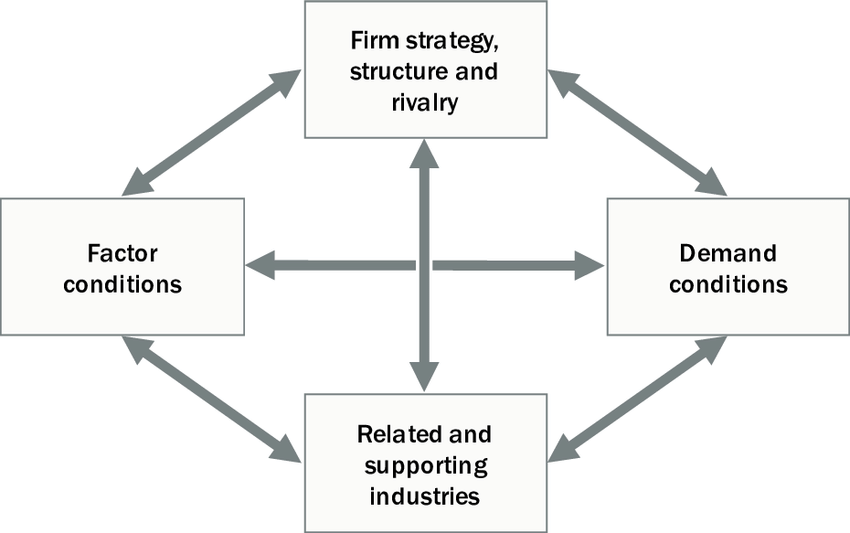The long development of Porter’s Five Forces Analysis has brought to the fact that those forces become the determinants of the industry’s competition. These five forces are treat of new entry, rivalry among existing firms, treat from substitute products, bargaining power of buyers, and bargaining power of suppliers. Furthermore, five forces analysis is treated by the organization to measure the level of competition, besides that, it is used as a strong first step in understanding how one industry compares to another and also to determine industry profitability because they influence the prices, costs, and required investment of firm in an industry.… Read the rest
Strategic Management Concepts
Five Approaches to Differentiation Strategy
In order to achieve competitive advantage against the competitors, corporations carry out the strategy to distinguish themselves from the competitors in aspects of product, service, image, and etc. The focus of differentiation strategy is to creative the product and service, which is considered to be unique and special by the industry and customers. The foundations of the implement of differentiation strategy are customer needs, competitors, products and services levels. There are many means to carry out differentiation strategy. Such as product differentiation, service differentiation and image differences and so on. By carrying out differentiation strategy, the brand loyalty of users will be cultivated successfully and the corporation can also avoid the direct confrontation of competitors.… Read the rest
Analysis of Porter’s Diamond Model of National Advantage
Michael Porter introduced the diamond model of national competitive advantage (1990) to explain why a number of countries are more competitive than others and why a number of businesses within the countries are more competitive. Porter’s Diamond Model proposes that the national home base of an industry plays an important role in achieving an advantage on a universal scale. This home base contributes the essential factors that will support the organisations in building advantages in global competition.
Porter identified four determinants in attaining a national competitive advantage he concludes that a combination of the four determinants within a nation has an enormous influence on the competitive strength of the firms located there.… Read the rest
Link Between Core Competency and Competitive Advantage
In order to explore the link between core competency and competitive advantage, it is crucial to understand the implications of both terms. Competitive advantage could imply exploitation of resources resulting in an organisation’s distinctive position compared to competition. While most firms view the attainment of competitive advantage as earning greater investment returns, it can comprise of various aspects, for instance, enhancing environmental impact or capturing a greater market share can be viewed as a source of competitive advantage for a particular firm. Porter (1985) defined competitive advantage as the value delivered by a firm’s products that exceeds costs of creating that value.… Read the rest
What are Dynamic Capabilities?
A dynamic capability refers to company’s ability to integrate, build and transform internal and external competencies. They can help an organization to achieve innovative forms of competitive advantage through integration, building and transformation of internal and external competencies, as to respond to changes in the environment. This management theory was defined by David Teece, Gary Pisano, and Amy Shuen in their 1997 paper Dynamic Capabilities and Strategic Management. In the context of achieving organizational change, aligned to the external pressure: namely, these capabilities are perceived as business processes that use resources — specifically the processes of integration, restructuring, acquisition and release resources — to adapt or create market changes.… Read the rest
Business Excellence Implementation in Organizations
For business to be successful, organizations need to realize that business excellence is a tool which helps them translate their plan into action and is a way of executing strategy. The best way to implement ‘business excellence’ practices in any organization is to balance the differential elements or variables of ‘business excellence’ models in such a way that development is strongly aligned to organizational imperatives.
The successful implementation of ‘business excellence’ practices requires focused leadership whose concern for improvement (excellence) or financial necessity outweighs their attachment to traditional norms. One of the major issues faced by organizations implementing business excellence or quality management practices is the change in the culture of organizations as ‘business excellence’ implementation process may need to change the current work practices.… Read the rest



